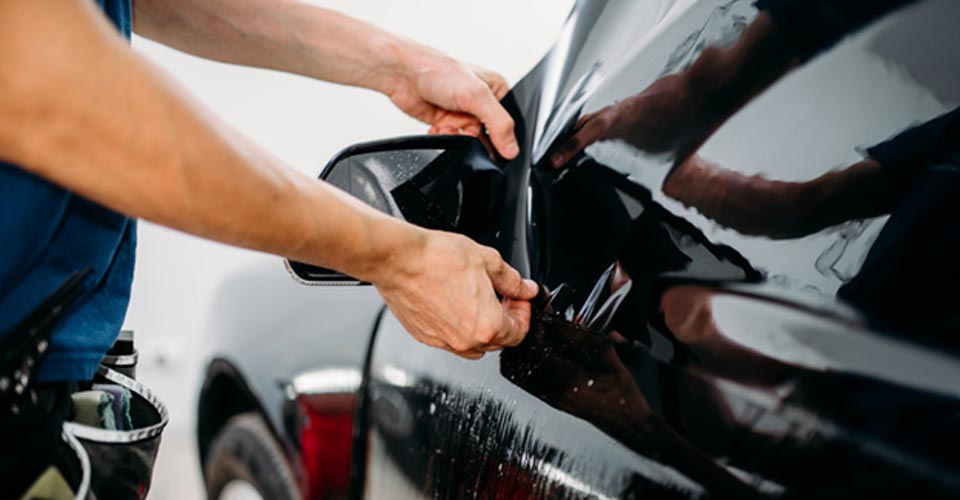BLOG
Window Tint Laws and What They Mean for Public Safety

In this region of the country, we’re all pretty well acquainted with the merciless glare of a bright, blazing sun. While we’re fortunate enough to live in an area where excessive cloud cover isn’t much of an issue, the bright, clear skies can present some unique challenges, especially when driving.
As a solution, some people choose to have their car windows tinted, both to reduce the amount of light coming into their vehicles and to provide more privacy to the passengers. While window tinting is effective and looks nice, dark tinting can also cause some safety issues. For this reason, most states have laws that specifically address window tinting and what’s legally acceptable.
State Laws on Automotive Window Tinting
Automotive window tinting laws very drastically by state, and it’s important to understand the laws of the state you currently live in along with the ones your frequently travel through. While it might be difficult to find a tinting service that will violate your state’s laws, it’s entirely possible to have your windows tinted in another state with different regulations and then receive a ticket in the state you currently reside in or are traveling through.
To give an example of the variety of acceptable tint range, Iowa window tint laws state that front side windows must allow at least 70% of light in, with no tint restrictions for rear windows. Meanwhile, Nebraska window tint laws state that only a minimum of 35% light must be let in on front side windows, with no restrictions for rear windows. Considering that many people regularly commute to and from Nebraska and Iowa, this can present a legal issue for some drivers.
Tinted Windows and Safety Concerns
From a legal standpoint, there are several concerns with applying a dark tint to automotive windows. First, although a rare occurrence, there is the possibility that front passengers could be engaging in illegal activity. What’s more of a concern for law enforcement is that a dark tint limits their ability to see into a vehicle when approaching it and effectively assess the situation and risks.
There is also some concern about whether or not darkly tinted windows can pose a safety risk on the road by potentially diminishing the driver’s visibility, especially at night. For owners of vehicles with windows that are tinted to the legal maximum, it’s important to consider a few basic safety precautions.
For example, if your windows are tinted, especially in Nebraska where a darker tint is legally allowed, it’s advised to refrain from wearing sunglasses while driving if there’s a chance the extra shading will interfere with your visibility.
Likewise, if your side windows are darkly tinted, take care in being extra aware of pedestrians and oncoming traffic that might not yet have their lights on at dusk. If in the event you are pulled over for any reason, lower all the windows and turn on your interior lights so that law enforcement has a clear view of you and the interior of your vehicle.
When an Accident Occurs
If you have been involved in an auto accident and feel that illegally tinted windows may have been at least partially to blame, the first thing you should do after receiving medical attention is to contact a car accident lawyer who is experienced in personal injury claims. If you need legal advice or representation, we’re here to help. Contact Fitch & Stahle Law Office today.


